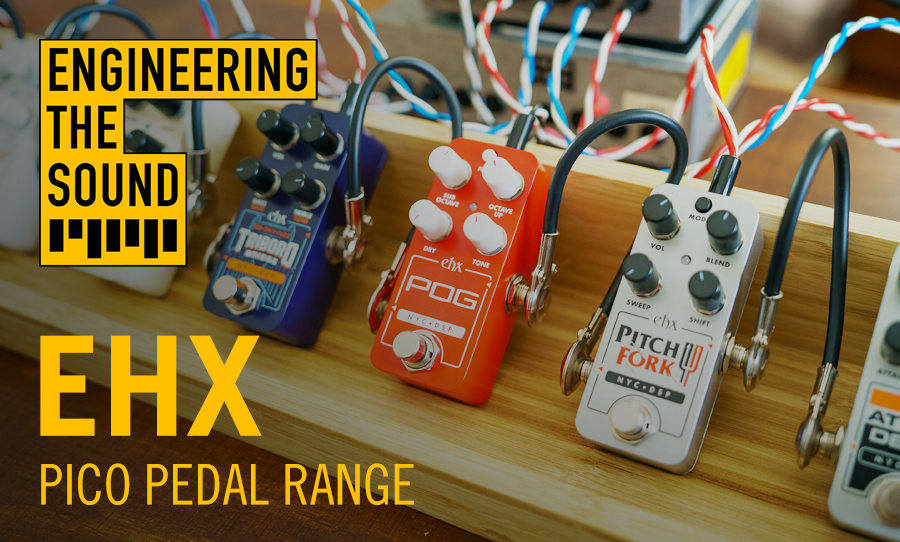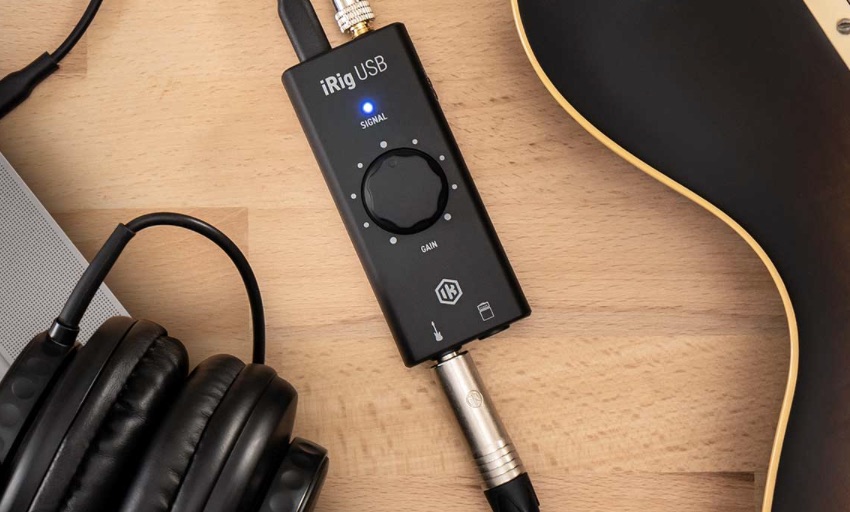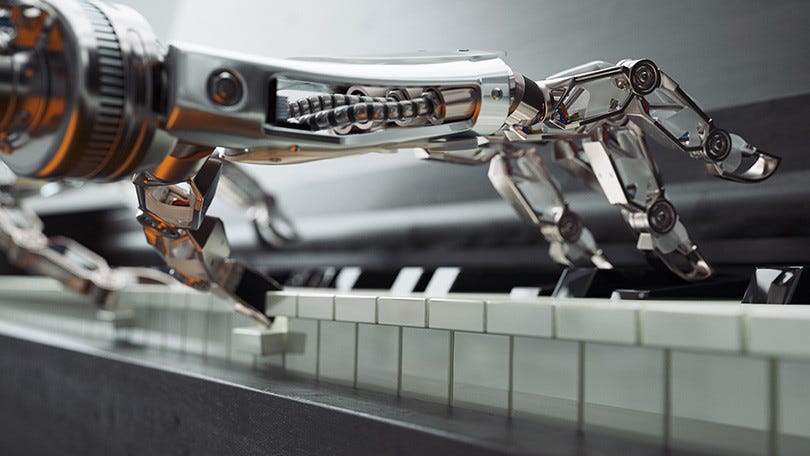In a short decade between 1975 and 1985, Roland and BOSS created some of the most classic chorus effects of all time.
Chances are that if you’ve listened to any form of music in the last 40 years (especially from the 1980s) then you’re familiar with the shimmering sound that goes by the name of the chorus.
Technically speaking, the chorus effect is created by duplicating the input signal, modulating the pitch of the duplicate, and combining the two signals again. Chorus pedals and rack units are frequently used by guitarists to produce a thick and warm clean tone and keyboard/organ players to add some subtle pitch modulation.

Photo: Andy Summers
Chorus is often referred to as ‘the sound of the 80’s’, and while many companies were creating pedals and effects units during this time, one of the key propagators in bringing this now-famous effect to the masses was Roland, the parent company of BOSS.
Roland and BOSS produced some of the most famous chorus effects of all time, so let’s have a look at some of the products that helped change the shape of the music industry during the ’70s and ’80s.
The First Compact Chorus
In 1975, Roland released a pair of amplifiers: the JC60 and JC120 Jazz Chorus. Initially, these were marketed as keyboard amps, but guitarists hungry for the JC’s pristine cleans and huge output made up a bulk of the buyers.
Not only did these amps produce a great clean tone, but for the first time they also came with a lush chorus/vibrato effect built-in – something that piqued the interest of some of the biggest guitarists at the time; The Police’s Andy Summers and The Cure’s Robert Smith just a name a few.
Ever on the pulse, Roland immediate took note of the following that the JC series had amassed among guitarists, and in response, they released what was to be one of the most iconic guitar pedals in history.
Released in 176, the BOSS CE-1 Chorus Ensemble took the chorus circuitry from the JC amplifiers and placed it at the feet of guitarists everywhere. The CE-1 featured the very same circuit found in the JC series and included both chorus and vibrato functionality.
Sales of the CE-1 were slow at first (mainly due to its high retail price) but soon increased as guitarists discovered that employing the pedal’s stereo output with multiple amps could create previously unheard atmospheric tones.
Choral classics
With Roland shifting the focus of its BOSS division towards a series of compact pedals in 1977, it was only a matter of time before their famous chorus sound was downsized. And in October 1979, the CE-2 was unveiled.
The CE-2 shares similar circuitry to the CE-1, however, to fit the circuit into a compact enclosure BOSS were forced to make a number of changes, such as the removal of the vibrato function, the stereo output, the volume and intensity knobs and the integrated power supply.
After 3 years of steady sales, BOSS decided to update the CE-2 in 1982 with one big difference. The new CE-3 Chorus pedal featured the stereo output that many felt the CE-2 lacked. To accommodate for this second output jack, the engineers at BOSS used an unorthodox knob layout that was widely criticised as it blocked view of the LED.
Tonally, the CE-3 sounded very similar to the CE-2, with the addition of a stereo mode selector that enabled switching between a panning chorus effect that emulates multiple guitars and a vibrato-style effect.
Dimensional diversification
With the success of converting a rack unit into a compact pedal (like the DD-2 Digital Delay), BOSS decided to take this approach again with the release of the DC-2 Dimension C in 1985. Taking inspiration from the rack-mounted Roland SDD-320, the DC-2 featured a layout, unlike any other BOSS pedal.
While the interface of 4 presets and no knobs for fine-tuning the sounds may seem restrictive, it’s the simplicity of the DC-2 and its perfectly balanced settings that make it one of the greats. The DC-2 incorporates two independent BBD-driven analog chorus circuits together and has a reduced tremolo effect to many standard chorus pedals, creating an immersive three-dimensional effect. The DC-2 remains one of the most coveted BOSS pedals to date.
While you’re here, check out our guide to assembling the ultimate pedalboard.



